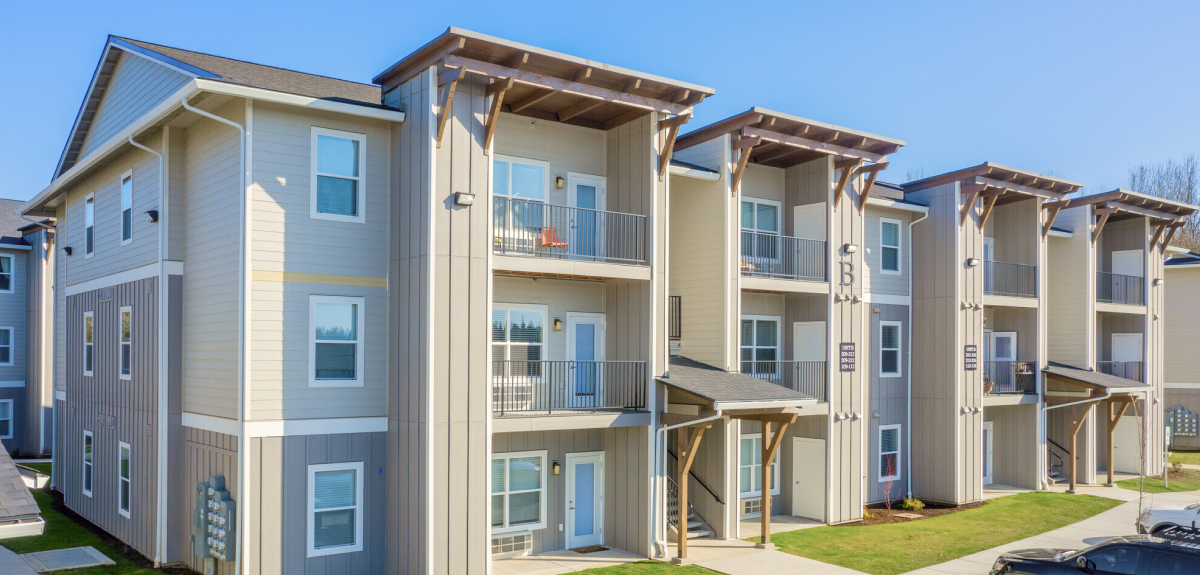Published on January 5th, 2023
By Brittany Benz
With many baby boomers looking to downsize, a significant percentage of millennials delaying homeownership due to a number of factors, and Gen Z members entering the rental market, the demand for single-family rentals (SFR) is at an all-time high. In fact, single-family rent growth increased 12.6% in the United States in January 2022, the fastest year-over-year increase in more than 17 years.
The existing 15 million single-family rental units on the market in the United States today already offer enormous opportunities for property management companies. Add a cooling real estate market that will likely convert hesitant-to-sell homeowners into single-family rental owners, and the potential for additional revenue becomes significant.
However, before property management companies tap into the growing single-family rental market, they need to evaluate their strategies to grow as efficiently and effectively as possible.
Growth strategy #1: Attract and retain top talent
Attracting and retaining top talent has always been a challenge for the property management industry. But after “The Great Resignation,” staffing quickly became — and continues to remain — the most pressing challenge for property management businesses.
Since people ultimately do business with people, a property management organization’s greatest asset is its team members. When it comes to single-family rental management growth, the need for high-performing team members becomes even more important because business is largely done on a 1:1 basis with individual owners.
Finding the best candidates may require you to shift your current approach or try a brand-new approach. Consider the following when evaluating your current recruitment and retention efforts.
Make open positions more attractive
- Be available to prospects: Instead of advertising open positions only on your corporate website, take a multi-channel approach. Add openings to popular job listing services and websites and post them on your organization’s social media accounts.
- Highlight company culture: A robust company culture is an increasingly important requirement for job seekers. Showcase the benefits you offer and demonstrate that your company values employees in an appealing and realistic way.
- Create clear job descriptions: Tell potential candidates exactly what their role and responsibilities will be. That way, prospects know what will be expected of them and can better determine if the position is a good fit.
- Show potential for upward momentum: Property management can be a fulfilling and rewarding career, so don’t just advertise open jobs. Instead, describe the professional potential to candidates, both within their role and in the company.
Prevent turnover and keep talent longer
- Provide paths for growth: If you advertise the potential for long-term career opportunities, you must deliver on that promise to new and existing employees.
- Actively seek and listen to feedback: Instead of assuming what your team members need from their roles or what makes them happy, just ask. Implement constructive feedback whenever possible.
- Assess your employment benefits packages: Acquiring top talent is tough. Look at what you’re offering to stay competitive, and remember that benefits go beyond salary. Many employees will accept additional paid vacation days or work flexibility in lieu of higher pay rates.
- Provide meaningful work: Today’s workforce is looking for more than a job. People want a role that is fulfilling and gives purpose. Rather than just focusing on day-to-day tasks, help team members see the bigger picture of how they’re meaningfully contributing in their role.
Growth strategy #2: Automate and streamline processes
Single-family rentals are often scattered across large geographic areas, and business is commonly done on a 1:1 level. In these circumstances, a lack of standardized processes can quickly create inefficiencies and increase the chances of details falling through the cracks.
If underlying systems aren’t first established, it becomes increasingly difficult to manage workflows, properties, renters, and owners as you add more single-family rental units. Businesses that don’t adapt and modernize risk falling behind or losing to competition.
Fortunately, emerging technologies that automate, standardize, and digitize key workflows are available. These systems are essential to success, since they can help property management organizations bring on more single-family rental units without increasing headcount.
Jessica Watts, owner and property manager of Blue Key Property Management, explains how:
“I want to grow in the single-family rental space. The more I can automate, the more properties I can take on. Being able to automate processes empowers my team and me to spend our time going after new business.”
Growth strategy #3: Recoup costs
Reassess your value-based services and see if any areas cost you more time and money than you originally planned. For example, are you spending employee time or incurring hard costs on repairs from damage to units caused by pets? If so, charging a pet cleaning fee upon move-out can recoup those costs. Here are some more ways you can recoup costs:
- Renter renewal fee: Acquiring new renters can be a lengthy and costly process. If your team does the work to renew a renter, charge a small convenience fee to cover the renewal paperwork and time spent.
- Resident screening fee: Background checks can take a lot of time, especially if your process has manual components such as follow-up calls and paperwork submissions. Cover the costs associated with your team’s time by adding a nominal processing fee.
Growth strategy #4: Strengthen owner relationships
Although property management is a business built on relationships, many single-family rental owners say they have weak partnerships with their property management company due to a lack of communication and trust.
If your organization wants to capitalize on single-family rental management demand, focus on building stronger owner relationships now. Clearer communications, timely follow-ups, and useful updates will help you attract new owners — and retain your current owners, too.
For specific strategies on how to build better owner relationships, check out our article “Putting Your Single-Family Owners First: 8 Ways to Build Credibility for Your Property Management Business.”
Putting the best practices outlined above in place can help your organization effectively and efficiently grow its SFR portfolio now and well into the future. Look at our free growth strategies playbook below for more ways to scale your business.










Comments by Brittany Benz